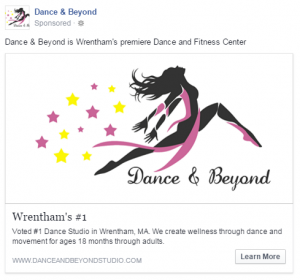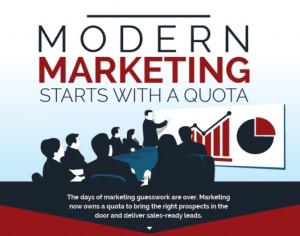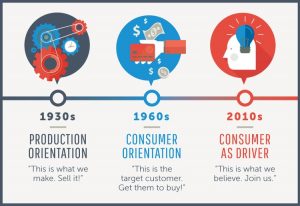Is Your Website Aging Badly?
 There are a few things that can put the brakes on a solid prospect’s relationship with your brand, and a bad website is among the quickest.
There are a few things that can put the brakes on a solid prospect’s relationship with your brand, and a bad website is among the quickest.
The majority of customers who visit your website will spend less than 15 seconds on the home page before clicking off; this means you have 15 seconds to capture their attention and present them with information that will help them invest interest in your brand.
Unfortunately, many brands are employing outdated, unattractive website design elements and features, increasing the number of prospects who leave their websites before they know the first thing about the company.
Is your website’s bounce rate high? Are you displeased with the amount of traffic you generate each month? It might be the outdated trends you’re employing in your web design.
Here are 6 website trends that you need to abandon today.
1. Non-Mobile-Friendly

Recent studies have shown that more than half of local searches are done on a mobile device. That means that you are losing out on a huge chunk of potential customers by leaving your website without mobile capabilities.
What’s more, Google’s recent announcement of search-result penalties for non-mobile- friendly websites spells an even worse fate for companies who have yet to make their website accessible for mobile users.
If you haven’t embraced the mobile way, your website is likely being missed by a huge swath of potential customers.
2. Too Much Design

Over-designed websites that are cluttered and crammed full of text will send your visitors away in droves; if they can’t cut through the noise of your website’s design and get a succinct idea of what your brand is all about, they’re out of there.
Simple, streamlined design is more efficient in communicating who your company is, what your brand represents and what you can do for your customers.
The average online prospect is impatient; they aren’t willing to invest time in sifting through the clutter and finding the information they’re looking for. They will simply click off your page and go to your competitor’s.
3. Outdated Fonts and Style Elements

Your website’s design can communicate a wealth of things about your brand. When your website screams “It’s the Year 2002,” you can expect your visitors to search for more relevant avenues towards a service or product.
Outdated fonts are a good indicator that your design team is behind the times; think Comic Sans, Times New Roman and Arial.
Design techniques from the early aughts, like using bevel and emboss on titles or in content on your homepage, is an indicator that your company has some catching up to do when it comes to your website and the content therein.
4. Flash Intro
Flash intros are some of the most frustrating website elements from a user’s point of view; they aren’t compatible with most mobile devices, they cause the page to load more slowly and they present a huge and frustrating distraction for users who just want to get to the information.
Don’t opt for flashy (pun intended) website elements that offer no real value or substance for your users. If you’ve been drawn in by the idea of a crazy flash intro for your homepage, fight the urge with everything you have.
There are better ways to get important content above the fold.
5. Auto-Play Music
With so many potential customers visiting your website via mobile devices in public places, often using headphones, it’s time to do away with the auto-play music, which is often startling, loud and unwelcome.
Scrambling to find a website’s (often tiny) mute button, many users will simply exit out of your website and forget they ever visited in the first place.
6. Bad Stock Photos

Photo Credit: stockimages
Using visuals in your marketing is an almost-universal tactic for attracting and engaging your viewers. However, trying to build a visual website on a budget presents many companies with a conundrum: where to get images for their pages for little to no money.
It’s absolutely possible to find great images online for very little money or even no money at all; however, opting for the unrealistic, schmaltzy stock photos that overcrowd free stock photography sites is not the way to go.
Choosing cheesy, obviously-fake stock photos for your company’s home page immediately removes legitimacy from your brand. Bad stock photos can create strong, negative feelings in your website visitors and even turn your company into a laughing stock (again, pun intended).
Here are a few hilariously bad stock photos to give you a laugh and an idea of what to avoid when choosing photos for your website.
Getting rid of these elements on your homepage is a great starting point towards modernizing your website and providing your visitors with a better experience.
What are some website elements that get on your nerves? Let us know in the comments!
(208)
Report Post






